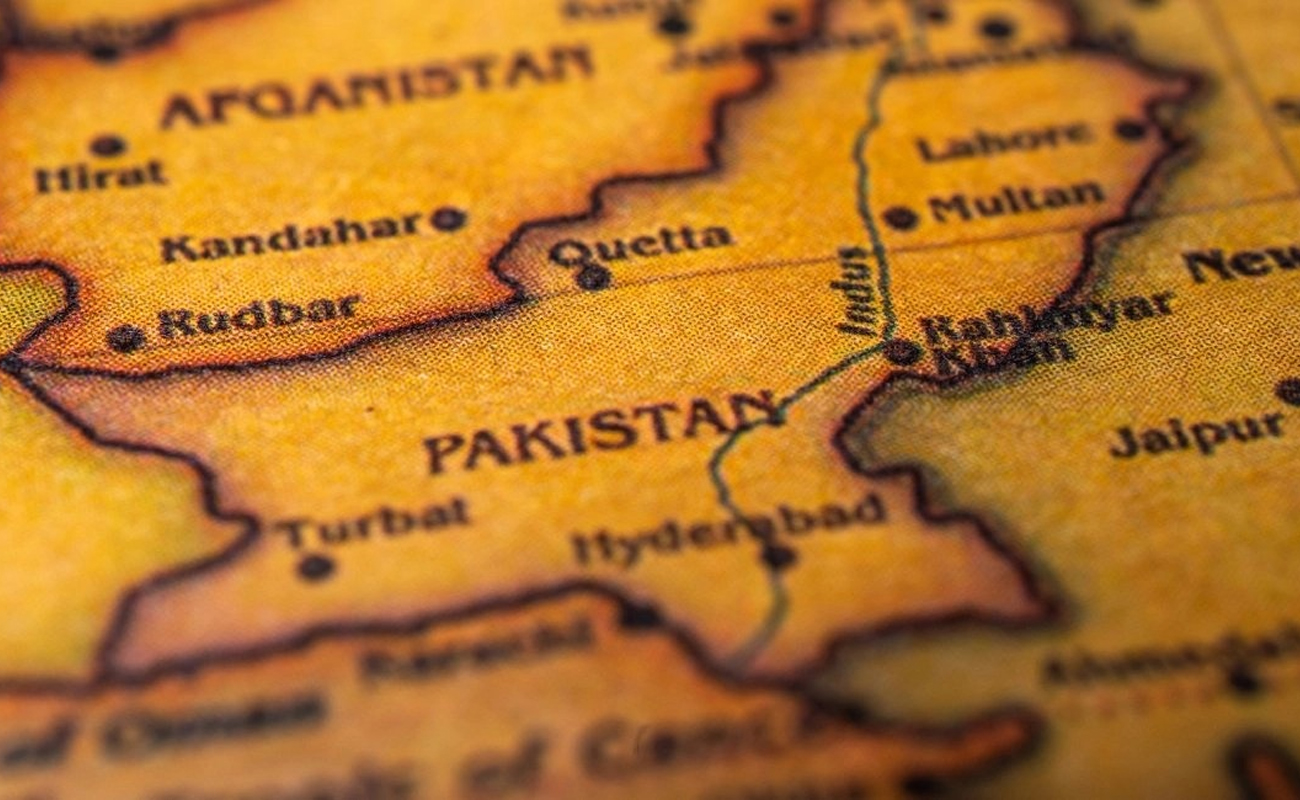Pakistan’s Double Game: The Taliban, the Pashtun Question, and a Fraying Counterterrorism Narrative
By Bahar Mehr
Recent tensions between Pakistan and the Taliban reveal not a rupture, but a recalibration of a long and complicated relationship. Islamabad’s sharp rhetoric, border clashes, and threats of deportation against Afghan refugees suggest confrontation—but beneath the surface lies a calculated design. By raising tensions while maintaining negotiations with the Taliban, Pakistan appears to be engineering an ecosystem in which the group can gradually regain the public trust it failed to secure during four years of brutal rule in Afghanistan, while simultaneously gaining international legitimacy. The long-term goal seems clear: to pave the way for the Taliban’s recognition as Afghanistan’s lawful government.
This strategy persists despite the Taliban’s well-documented record of human rights violations, crimes against humanity, and systematic repression of women. Yet Pakistan continues to present itself as a responsible regional actor and a key U.S. partner in counterterrorism. This dual posture allows Islamabad to secure political and financial support from Western capitals, while simultaneously legitimizing a proxy regime in Afghanistan built on violence, exclusion, and ideological extremism.
At the center of this complex game lies a deeper, often overlooked factor: the Pashtun question. The Taliban’s rise has reignited long-standing fears within Pakistan’s security establishment about Pashtun nationalism—an idea that transcends the Durand Line dividing Afghanistan and Pakistan. The Pashtuns, one of the largest ethnic groups in both countries, share deep tribal, linguistic, and cultural bonds that predate the modern state system. Islamabad initially believed that a Pashtun-led Taliban regime in Kabul could help counter growing Pashtun militancy within Pakistan. Four years later, that assumption has proven false. The Taliban, a Pashtun-led “friendly” regime, have instead emboldened Pashtun movements inside Pakistan and strengthened insurgencies such as the Tehrik-i-Taliban Pakistan (TTP), particularly in Khyber Pakhtunkhwa and the former tribal areas, where grievances against military operations and political marginalization run deep.
The Taliban, largely composed of Pashtuns, thus represent both a strategic asset and an existential threat for Pakistan. They serve as a proxy to shape Afghanistan’s political future in favor of Islamabad’s long-standing “strategic depth” policy and to limit the influence of rivals like India. Yet they also fuel ethnic solidarity across the Durand Line, inspiring sentiments of autonomy and resistance within Pakistan’s own borders. The very identity that allowed Pakistan to help bring the Taliban to power in Afghanistan is what now makes them a destabilizing force inside Pakistan.
This duality has exposed contradictions in Islamabad’s counterterrorism narrative. While Pakistani officials portray the country as a victim of cross-border militancy, selective tolerance toward Afghan Taliban undermines that claim. The rise of the TTP—ideologically and ethnically aligned with the Afghan Taliban—has blurred the distinction between ally and adversary. Pakistan’s military operations against the TTP have often targeted Pashtun areas, deepening resentment and perpetuating cycles of violence.
For Washington, these contradictions are increasingly difficult to ignore. Pakistan positions itself as indispensable to U.S. regional security, counterterrorism efforts, trade, and management of geopolitical rivalries with China, while claiming to maintain stability in Afghanistan. Yet its policies on the ground tell a different story: a state that enables one form of militancy to counter another, while using the rhetoric of counterterrorism to justify repression at home. This duplicity erodes Pakistan’s credibility abroad and threatens to destabilize its fragile domestic landscape.
The fallout from this strategy is already visible. Cross-border attacks, Taliban incursions, and Pakistan’s heavy-handed military responses are creating an atmosphere of perpetual insecurity. Pashtun civilians are caught between state violence and militant coercion, with little political representation or recourse to justice. The ongoing deportation of Afghan refugees—many of them Pashtuns—further inflames ethnic tensions and reinforces the perception that Islamabad’s policies are driven by fear rather than foresight.
In attempting to manage both Washington and Kandahar, Pakistan risks losing control of its own frontier. The once-effective policy of balancing militancy with diplomacy now threatens to unravel from within. The Pashtun factor, long suppressed under the weight of Pakistan’s security calculations, has resurfaced as a decisive force capable of redefining both the internal and regional balance of power.
The more Islamabad tries to pressure the Taliban for strategic leverage over the Pashtuns in KP and the tribal areas namely the TTP or PTM, the more it becomes trapped by the very forces it helped create. What began as a regional power play has evolved into a domestic reckoning, exposing the limits of Pakistan’s long-standing “double game.” Unless Pakistan recalibrates its approach, addresses the grievances of its own Pashtun population, and cuts ties with the Taliban while working to topple their regime in Kabul, it risks a future where the frontier becomes not its shield, but its undoing.
Bahar Mehr, Writer and Political Activist.
Academicians and Officials interested to publish their academic pieces on this page, please approach us through: contact@aissonline.org.
The article does not reflect the official opinion of the AISS.

